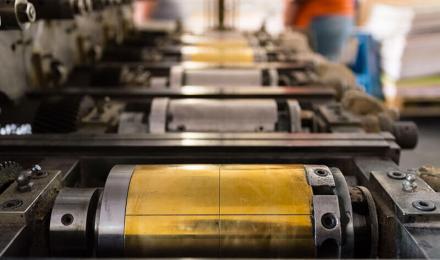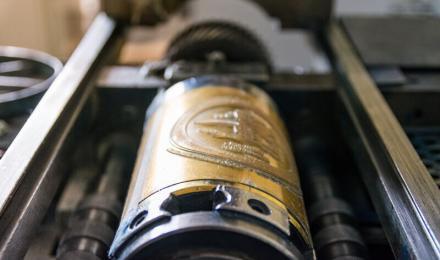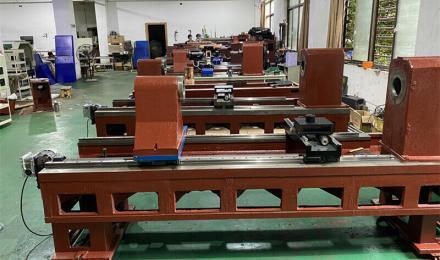Equipment Technology: How To Make High-Precision Plate Rollers In Gravy Printing?
In the printing work, there are several things that you need to get right to ensure quality print. The major things to consider are the ink, printing plate and plate/printing roller. If you get any of these wrong, you will have a problem with the quality of prints. In this case, we are going to look at the plate roller. If you have a plate that does not offer high precision, it does not matter how good the printing plate and other processes are. You will never get a quality print.
There are several things you need to get right to make high-precision printing rollers for printing. We have put together crucial factors that make a perfect plate roller. Here are some of the things that you need to consider for an ideal printing roller production process:
1. Material Selection
The first and most crucial step is material selection. The choice of the material used for the production of these rollers determines several crucial things. One of them is the quality of the printing rollers. If you have used low-quality materials, then you will definitely have a problem with low-quality rollers. Second, the level of precision is determined by choice of the material used.
If you have low-quality material for plate rollers’ construction, you will have a problem getting good precision. The recommended material for the drum substrate is steel pipe because it is cheaper, strong, and solid. Other substrate materials that are also used for the making of rollers include aluminum and plastic rollers. But the last two vary depending on the kind of printing.
2. Drum Plated Copper
The substrate material forms the roller drum, but it’s too rough and may not withstand the high wear and tear. Steel cannot also make the best surface for printing, especially when it comes to various plate forming methods. That’s why copper plating is recommended to coat the surface of the drum. However, this is not the layer that is used for the engraving or corrosion. The main reason for this layer is to help achieve the high precision of these rollers.
Ensure that copper’s quality is highly maintained because it results in higher precision. That’s why you can’t compromise on the quality. The next thing that should be done is coating the copper with a layer of engraving and corrosion. The additional layer thickness should be determined by various specifications like the kind of engraving to be done.
3. Plate Image Production
Now that the roller is complete and copper plated, it can be used for the printing work. But there are various precautions that must be taken to ensure the safety of the printing roller. The production of the image should not damage the copper layer for the roller’s longevity. The first method is the use of films to protect the roller. Carbon paper, high sensitivity resin, and photoresorbic resin are the most used. Black primer is also used for laser engraving.
The other method is the carving or engraving directly on the copper layer. This is what laser engraving or electronic engraving do. But even on this, there are precautions taken to avoid damages on the plate roller and maintain high precision. Alloys and resin layers are used to replace copper plating after engraving. There are also technologies such as the use of extra copper or zinc layer when engraving.
4. Chrome-Plated Treatment
Chrome-plated treatment is needed after engraving the cylinder. It is an electrolysis process where a layer of about 10um of chromium is added on the copper surface. The electroplated layer gets rid of the etched holes in the copper for future use of the roller.
So, for the highest possible precision, the plate cylinder must be chrome-plated treated. This helps to ensure that the roller is maintained in the best state possible. There are also many other treatment options available if chrome treatment is not available.
For high-precision plate roller production, these are the four steps that you need to consider. If you get the steps right, then you will never have a problem with the poor quality print. However, treatment of the cylinder during and after printing is crucial.






